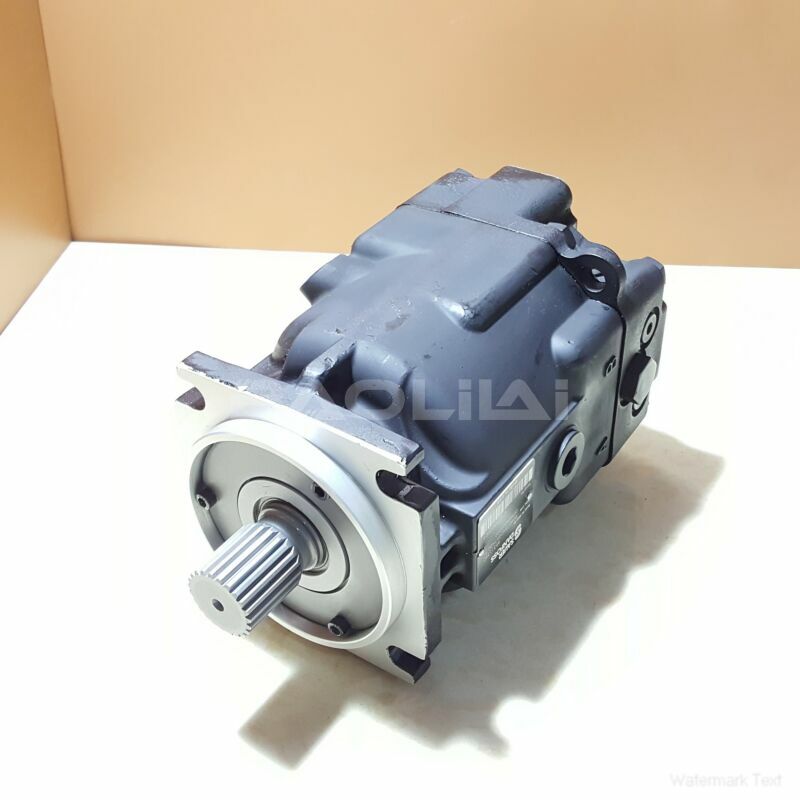90M100NC0N8N0S1W00NNN0000G0 high pressure motor
90M100NC0N8N0S1W00NNN0000G0 high pressure motor

- Product Details
- Applicable Scene
Hydraulic motors are integral components in various industrial applications, from construction machinery to aerospace systems. Their efficiency directly affects the performance and operational costs of these systems. One of the critical factors influencing the efficiency of hydraulic motors is temperature. Understanding how temperature impacts hydraulic motor performance is essential for optimizing their operation and extending their lifespan.
90-M-100-NC-0-N-8-N-0-S1-W-00-NNN-00-00-G0
90M100NC0N8N0S1W00NNN0000G0
Firstly, the viscosity of hydraulic fluid is significantly affected by temperature. At lower temperatures, hydraulic oil tends to be more viscous, which can lead to increased resistance within the hydraulic circuit. This phenomenon results in higher energy losses due to friction and can decrease the overall efficiency of the hydraulic motor. When the fluid is too thick, it does not flow smoothly, causing cavitation, overheating, or even damage to the motor components. Therefore, maintaining an optimal temperature range is crucial for minimizing viscosity-related losses.

83022802
Conversely, at elevated temperatures, the viscosity of hydraulic fluid decreases, which can improve pump and motor efficiency. However, too high a temperature can lead to thermal degradation of the hydraulic fluid. As the fluid degrades, its lubricating properties diminish, increasing wear on the motor’s internal components. Moreover, high temperatures can lead to pump failure, accelerated fluid oxidation, and the formation of sludge, further complicating the hydraulic system’s performance. Therefore, while warmer temperatures can reduce viscosity and improve efficiency, there is a critical upper limit that must not be exceeded to prevent damage.
Additionally, temperature fluctuations can create a maintenance challenge. Without proper temperature regulation, hydraulic systems may experience thermal cycles that can lead to physical stress and fatigue in motor components. This can result in premature failure and increased maintenance costs. Implementing effective cooling and heating systems in hydraulic circuits can mitigate these risks, ensuring that the motors operate within their designed temperature ranges.





